Portal:Comics/Selected picture
Usage
The layout design for these subpages is at Portal:Comics/Selected picture/Layout.
- Add a new Selected picture to the next available subpage.
- Update "max=" to new total for its {{Random portal component}} on the main page.
Selected pictures list
Selected pictures: 1-10
Portal:Comics/Selected picture/1

The Junior comic books were published by Fox Feature Syndicate. This is the cover of the last issue published in July 1948, likely drawn by Al Feldstein.
Portal:Comics/Selected picture/2
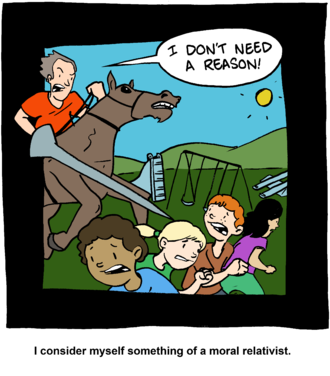
A panel from .
Portal:Comics/Selected picture/3
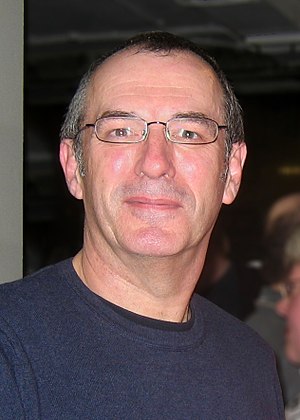
Dave Gibbons, artist and designer of the Watchmen comic book series.
Portal:Comics/Selected picture/4

Portal:Comics/Selected picture/5

Portal:Comics/Selected picture/6

Alan Moore is an English writer primarily known for his work in comic books including Watchmen, V for Vendetta, and From Hell. Frequently described as the best graphic novel writer in history, he has been called "one of the most important British writers of the last fifty years".
Portal:Comics/Selected picture/7

The word
Portal:Comics/Selected picture/8

Portal:Comics/Selected picture/9

Portal:Comics/Selected picture/10
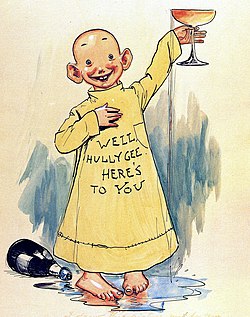
Selected pictures: 11-15
Portal:Comics/Selected picture/11

The Batmobile is the automobile of DC Comics superhero Batman. The car has evolved along with the character from comic books to television and films. Kept in the Batcave, which it accesses through a hidden entrance, the Batmobile is a gadget-laden vehicle used by Batman in his crime-fighting activities.
Portal:Comics/Selected picture/12
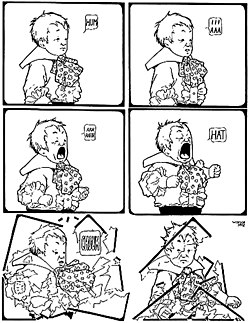
A
Portal:Comics/Selected picture/13

The , the character first appeared in Batman #1 (Spring 1940).
Portal:Comics/Selected picture/14

Scott McCloud, whose work Understanding Comics identified the different styles of art used within comics.
Portal:Comics/Selected picture/15

Portal:Comics/Selected picture/16
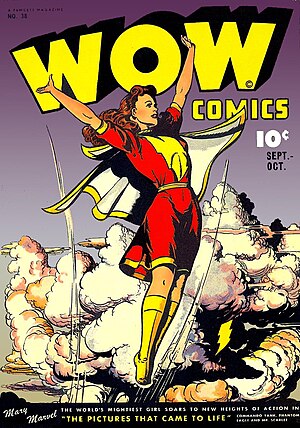
Superhero comics is a form of American comic books. The form rose to prominence in the 1930s and 1940s and has remained the dominant form of comic book in North America since the 1960s. Superhero comics feature stories about superheroes and the universes these characters inhabit.
Portal:Comics/Selected picture/17

Captain Marvel is a fictional comic book superhero, originally published by Fawcett Comics and later by DC Comics. Created in 1939 by artist C. C. Beck and writer Bill Parker, the character first appeared in Whiz Comics #2 (February 1940). With a premise that taps adolescent fantasy, Captain Marvel is the alter ego of Billy Batson, a youth who works as a radio news reporter and was chosen to be a champion of good by the wizard Shazam.
Portal:Comics/Selected picture/18
Portal:Comics/Selected picture/19
Following his 50th town hall meeting in Massac County, U.S. Senator Barack Obama poses in front of the Superman Statue in downtown Metropolis, Illinois. known as the home of the DC Comics super hero.
Portal:Comics/Selected picture/20
Superman, an animated character appeared at the beginning as seen from the Fleischer Studios' cartoon series from the first animated short which was released on September 26, 1941.
Nominations
Feel free to add related featured pictures to the above list. Other pictures may be nominated here.
